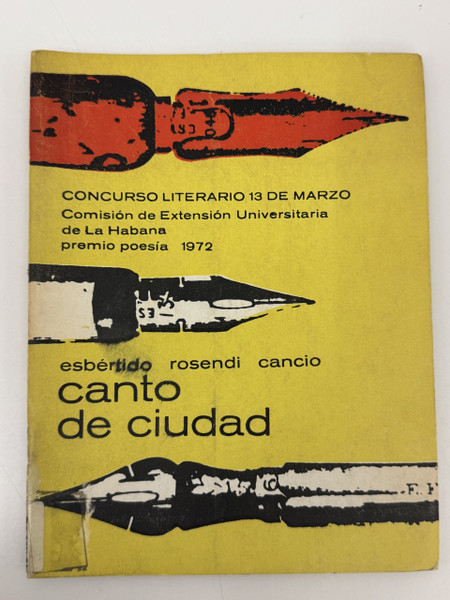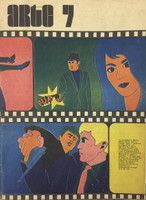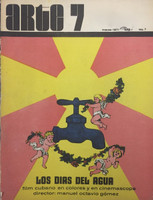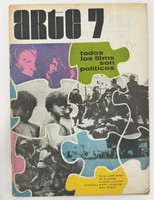- Travel
-
Exhibits
- Covers
- Immortal Cuba: Artists Take on Their Heroes
- Seattle Poster Exhibit
- Sandra Dooley & Alejandrina Cué
- The Art of Wayacón
- Cuban Folk Art
- Cuba In Black And White
- 25 Years of Cuban Art Space
- Summer Folk Art Expo
- ¡SPRING AWAKENING FROM CUBA!
- Celebrating The Art Of Cuban Women
- Celebrating Paper, Affordable Art from Cuba
- Art of the Revolution
- Outsider Art
- Lost and Found
- En la lucha: Celebrating Cuban Women and Their Art
- Cuban Art Stash
- 100 Fires: 5 Cienfuegos Artists' Work on Paper
- Waya + Monte! Magic Realism in Cienfuegos
- Viva Cuba Viva! Poster Show
- Cultivando Sueños
- Black Lives Matter in Cuba Jan 9-March 27
- Leandro Soto: Crónicas visuales
- Cuban Canvas
-
Archive
- Global Reflection 2018: Spirit and Community
- Exhibit in the cloud: Contemporary Works on Paper
- MADE IN CUBA! MINNEAPOLIS EXHIBIT
- Cuban Posters and Photography from CCS collection
- AUTUMN SALE! Sept/Oct 2017
- SPRING ARTS AND CRAFT SALE
- Vuelo Directo/Non Stop: Alberto & Alejandro Lescay
- The Many Faces of Fidel
- Somos
- Made in Cuba!
- The US empire in Cuban graphics
- Made in Cuba/Seattle exhibit
- Entre Nos
- Looking Back
- Cuban Art Space
- Membership/Donate
- About Us
- Cuba News
-
Chamaco's cover design for "Canto de Ciudad" employs striking graphic imagery that bridges the revolutionary present with nostalgic memory. Against a vibrant yellow background, three stylized missiles or rockets appear in bold silhouette—one in red-orange, two in black and white—creating a dynamic composition that evokes both technological progress and the ever-present reality of Cuba's defense posture during the Cold War era. The simplified, almost childlike rendering of these military objects suggests a tension between innocence and militarization, memory and modernity.
Esbértido Rosendi Cancio, born in 1949, was 23 years old when this chapbook was published. At the time he served as Director Provincial de Literatura in Las Villas. "Canto de Ciudad" won the poetry prize in the 1972 Concurso Literario 13 de Marzo (March 13th Literary Contest), organized by the University Extension Commission of Havana. This was his first published cuaderno. The collection explores themes of city life, its people, childhood, and absent power within the context of violent struggle for a better future. The poems merge nostalgic memory with revolutionary present, where reactionary planes momentarily give way to the songs of Silvio Rodríguez—the beloved singer-songwriter of the Nueva Trova movement.
Published by the Department of Publications of the CEU (Centro de Estudiantes Universitarios) and printed at the Talleres de la Impresora Universitaria, this chapbook represents the robust literary culture of early 1970s revolutionary Cuba, when university extension programs actively promoted new voices in Cuban poetry. The jury included notable figures Fayad Jamis, Luis Marré, and Rolando López del Amo. Chamaco's design exemplifies the experimental graphic language of the period, transforming instruments of war into bold visual poetry.
-







